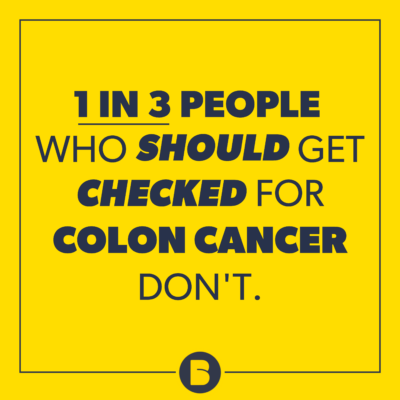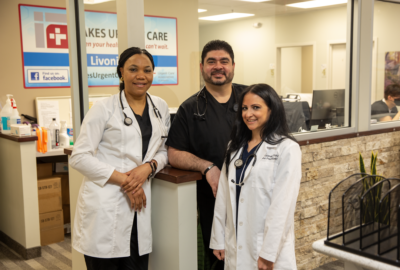 For thousands of years, humans have touted the heath benefits of ginger, and scientific studies have shown that ginger does, indeed help reduce inflammation and help alleviate symptoms of nausea and upset stomach. It was more than just a treat when mom or dad gave you a glass of ginger ale to help with an upset stomach. They were right!
For thousands of years, humans have touted the heath benefits of ginger, and scientific studies have shown that ginger does, indeed help reduce inflammation and help alleviate symptoms of nausea and upset stomach. It was more than just a treat when mom or dad gave you a glass of ginger ale to help with an upset stomach. They were right!
According to an article published in UCLA Health, ginger “helps with osteoarthritis pain, relieves menstrual cramps, improves blood sugar regulation, and improves digestion and reduces the risk of heart disease. And a new study suggests that eating ginger can provide another important health benefit.
The study recently published in the medical journal Cureus and reported by the editors of Food & Wine indicates that consuming ginger is also a good way to reduce your risk of cardiovascular disease. According to this new research, “…ginger contains numerous bioactive compounds that decrease inflammation, lower blood pressure, enhance vascular health, and improve lipid profiles.” And not only that, we think it’s pretty tasty!
And there are plenty of natural ways to incorporate the health benefits of ginger into your diet. You can usually find fresh ginger in the produce section of your local grocery store. And it may look intimidating at first, fresh ginger is really quite easy to peel and use.
Here’s a quick guide from the food site, the kitchn on how to peel and mince fresh ginger. And once you learn how to do it, you’ll find that ginger can be incorporated into a wide variety of beverages, entrees and desserts.
Here’s a list of 27 great recipes that feature ginger. So next time you are in your grocer’s produce section, pick up some fresh ginger, and incorporate it into your daily diet. Your heart will thank you!


 If you haven’t gotten your annual flu shot yet this season, don’t worry—it’s not too late! While health experts recommend getting vaccinated in early fall, flu season often lasts well into spring, meaning you can still benefit from the protection a flu shot provides.
If you haven’t gotten your annual flu shot yet this season, don’t worry—it’s not too late! While health experts recommend getting vaccinated in early fall, flu season often lasts well into spring, meaning you can still benefit from the protection a flu shot provides. As the holidays quickly approach, we give thanks to every patient we’ve been able to help this past year. The team at Lakes Urgent Care would like to wish every member of our community health, happiness, and peace, now and throughout the New Year!
As the holidays quickly approach, we give thanks to every patient we’ve been able to help this past year. The team at Lakes Urgent Care would like to wish every member of our community health, happiness, and peace, now and throughout the New Year! Twenty years ago, Lakes Urgent Care opened in
Twenty years ago, Lakes Urgent Care opened in  October is Breast Cancer Awareness Month, a time when communities come together to promote education and prevention. Breast cancer is one of the most common cancers globally –
October is Breast Cancer Awareness Month, a time when communities come together to promote education and prevention. Breast cancer is one of the most common cancers globally –  We love cinnamon. We just made some cinnamon French toast the other day and it was fantastic. Cinnamon can be a great component of so many delicious recipes, especially in the fall. No wonder it is a staple in so many of kitchens. Cinnamon also has tremendous health and anti-inflammatory benefits. But new research shows that some brands of ground cinnamon contain unacceptable levels of lead, some provide “acceptable levels of lead”, while a third group is rated most safe.
We love cinnamon. We just made some cinnamon French toast the other day and it was fantastic. Cinnamon can be a great component of so many delicious recipes, especially in the fall. No wonder it is a staple in so many of kitchens. Cinnamon also has tremendous health and anti-inflammatory benefits. But new research shows that some brands of ground cinnamon contain unacceptable levels of lead, some provide “acceptable levels of lead”, while a third group is rated most safe. In the great State of Michigan, we are blessed with an abundance of fresh and tasty produce, especially during the summer. Take advantage of this time of year to help your family discover and love healthy foods and incorporate them into your diet to encourage healthy family eating habits.
In the great State of Michigan, we are blessed with an abundance of fresh and tasty produce, especially during the summer. Take advantage of this time of year to help your family discover and love healthy foods and incorporate them into your diet to encourage healthy family eating habits.